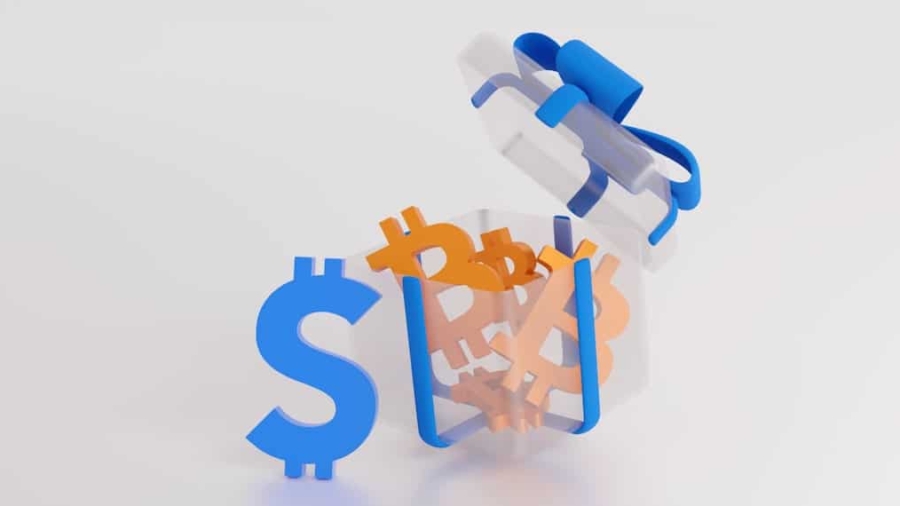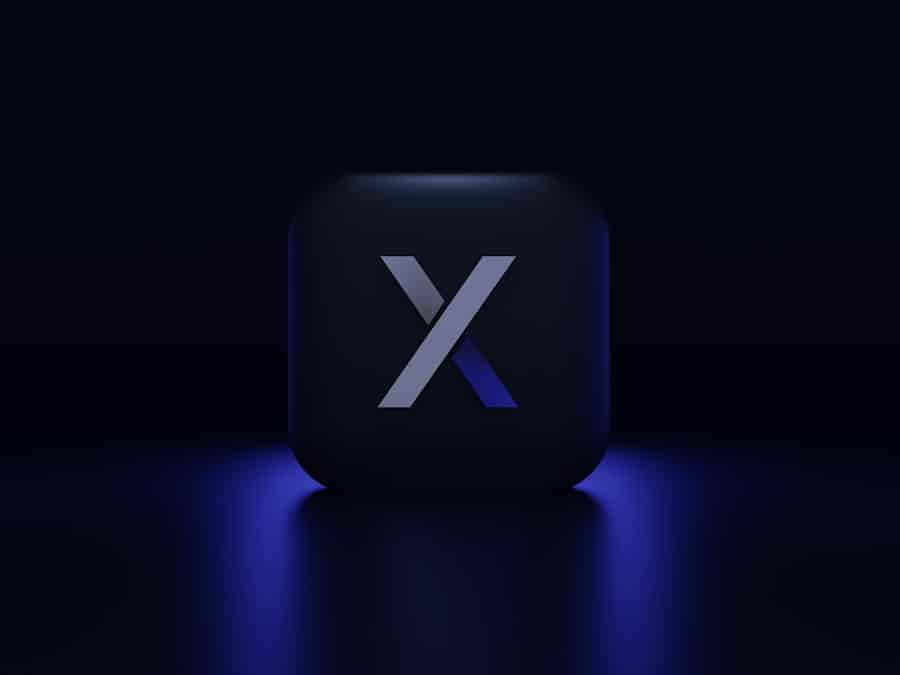Layer-2 protocols represent a significant evolution in the blockchain ecosystem, addressing some of the most pressing issues related to scalability and transaction efficiency. As blockchain technology has gained traction, the limitations of first-generation networks, particularly in terms of transaction throughput and latency, have become increasingly apparent. Layer-2 solutions are designed to operate on top of existing blockchain networks, enabling faster and cheaper transactions while maintaining the security and decentralization that are hallmarks of blockchain technology.
By offloading some of the transactional burden from the main chain, these protocols create a more efficient environment for users and developers alike. The concept of Layer-2 solutions is not merely a technical enhancement; it embodies a paradigm shift in how blockchain networks can be utilized.
Layer-2 protocols, such as the Lightning Network for Bitcoin and various rollup technologies for Ethereum, have emerged as critical components in this landscape. They promise to unlock new use cases and enhance user experiences by providing a framework that can handle a higher volume of transactions without compromising the core principles of blockchain.
Key Takeaways
- Layer-2 protocols are designed to improve the scalability and efficiency of blockchain networks by moving some of the transaction processing off-chain.
- Current challenges with blockchain scalability include slow transaction speeds, high fees, and limited capacity to handle a large number of transactions.
- Layer-2 protocols play a crucial role in addressing scalability issues by enabling off-chain solutions such as payment channels, sidechains, and state channels.
- Advancements in layer-2 protocols, such as the development of more efficient and secure payment channels, are continuously improving the scalability of blockchain networks.
- The potential impact of layer-2 protocols on blockchain networks includes significantly increased transaction throughput, reduced fees, and improved overall network performance, leading to greater adoption and integration of layer-2 solutions.
Current Challenges with Blockchain Scalability
Limitations of Current Blockchain Networks
For instance, Bitcoin’s block size is limited to 1 MB, which translates to approximately 3 to 7 transactions per second (TPS). This limitation can lead to congestion during peak usage times, resulting in delayed transactions and increased fees. Similarly, Ethereum’s network has faced significant strain due to the explosive growth of DeFi applications and NFT marketplaces, often leading to gas fees that can soar into the hundreds of dollars.
The Implications of Scalability Issues
The implications of these scalability issues extend beyond mere inconvenience for users; they pose existential threats to the broader adoption of blockchain technology. High transaction costs and slow confirmation times can deter potential users and developers from engaging with blockchain platforms.
The Need for Scalability Solutions
Moreover, as more individuals and businesses seek to leverage blockchain for various applications, the existing infrastructure must evolve to accommodate this growth. Without effective scalability solutions, the promise of blockchain as a transformative technology may remain unfulfilled.
The Role of Layer-2 Protocols in Scalability
Layer-2 protocols play a pivotal role in addressing the scalability challenges faced by blockchain networks. By creating secondary frameworks that operate atop the primary blockchain, these solutions can process transactions off-chain while still leveraging the security and decentralization of the underlying network. This approach allows for a significant increase in transaction throughput without necessitating changes to the core protocol itself.
In addition to enhancing transaction speed and reducing costs, Layer-2 protocols also contribute to improved user experience. By alleviating congestion on the main chain, these solutions can provide a more seamless interaction for end-users.
Furthermore, they can enable innovative features such as microtransactions, which would be impractical on-chain due to high fees. This capability opens up new avenues for monetization and engagement in various sectors, including gaming, content creation, and IoT applications.
Advancements in Layer-2 Protocols
The landscape of Layer-2 protocols is rapidly evolving, with numerous advancements being made to enhance their functionality and usability. One notable development is the emergence of rollups, which bundle multiple transactions into a single batch before submitting them to the main chain. This technique significantly reduces the amount of data that needs to be processed on-chain, thereby increasing throughput and lowering costs.
Rollups can be categorized into two types: optimistic rollups and zero-knowledge rollups (zk-rollups). Optimistic rollups assume that transactions are valid by default and only challenge them if fraud is suspected, while zk-rollups utilize cryptographic proofs to validate transactions without revealing sensitive information. Another significant advancement is the integration of Layer-2 solutions with existing decentralized applications (dApps).
Developers are increasingly adopting Layer-2 protocols to enhance their applications’ performance without requiring users to navigate complex processes. For instance, platforms like Arbitrum and Optimism have gained traction by providing developers with tools to easily deploy their dApps on Layer-2 networks. This integration not only improves user experience but also fosters a more vibrant ecosystem where innovation can thrive.
Potential Impact of Layer-2 Protocols on Blockchain Networks
The potential impact of Layer-2 protocols on blockchain networks is profound and multifaceted. By significantly increasing transaction throughput and reducing costs, these solutions can facilitate broader adoption of blockchain technology across various industries. For example, businesses that rely on high-frequency transactions—such as payment processors or supply chain management systems—can benefit immensely from Layer-2 solutions that allow for rapid processing without incurring prohibitive fees.
Moreover, Layer-2 protocols can enhance interoperability between different blockchain networks. As various chains develop their own ecosystems, the ability to transact seamlessly across these platforms becomes increasingly important. Layer-2 solutions can serve as bridges that connect disparate networks, enabling users to move assets and data freely without being constrained by the limitations of individual blockchains.
This interoperability could lead to a more cohesive blockchain landscape where diverse applications can interact and collaborate effectively.
Adoption and Integration of Layer-2 Protocols
Scalability Challenges and Opportunities
For instance, Ethereum’s transition towards a more scalable architecture includes plans for integrating various Layer-2 technologies as part of its roadmap. This proactive approach signals a commitment to addressing scalability challenges head-on while fostering an environment conducive to innovation.
User Education: A Key to Successful Adoption
Furthermore, user education plays a crucial role in the successful adoption of Layer-2 protocols. As these technologies become more prevalent, it is essential for users to understand how they work and how they can benefit from them.
Driving Adoption through Education and Community Engagement
Initiatives aimed at educating developers and end-users about Layer-2 solutions are vital for driving adoption. Workshops, webinars, and community engagement efforts can demystify these technologies and encourage their use in real-world applications.
Future Developments and Innovations in Layer-2 Protocols
Looking ahead, the future developments in Layer-2 protocols promise even greater enhancements in scalability and usability. One area ripe for innovation is the integration of artificial intelligence (AI) with Layer-2 solutions. AI could optimize transaction routing or dynamically adjust fees based on network conditions, further improving efficiency and user experience.
Additionally, advancements in cryptographic techniques may lead to even more secure and private transactions on Layer-2 networks. Another exciting avenue for future development is the potential for cross-chain Layer-2 solutions that facilitate interoperability between different blockchain ecosystems. As more projects emerge with unique features and capabilities, creating a unified framework that allows seamless interaction could revolutionize how users engage with multiple blockchains.
Such innovations would not only enhance user experience but also foster collaboration among developers across different platforms.
The Promising Future of Layer-2 Protocols for Scalable Blockchain Networks
Layer-2 protocols stand at the forefront of addressing one of the most critical challenges facing blockchain technology today: scalability. By enabling faster transactions at lower costs while maintaining security and decentralization, these solutions are poised to transform how users interact with blockchain networks. As advancements continue to emerge and adoption accelerates, Layer-2 protocols will likely play an integral role in shaping the future landscape of blockchain technology.
The ongoing evolution of Layer-2 solutions reflects a broader trend towards innovation within the blockchain space. With each advancement, we move closer to realizing the full potential of decentralized technologies across various sectors. As developers continue to explore new possibilities and integrate these solutions into existing frameworks, we can anticipate a future where scalable blockchain networks become an integral part of everyday life—facilitating seamless transactions, enhancing user experiences, and driving widespread adoption across industries.
If you are interested in exploring the latest technology trends, you may also enjoy reading How-To Geek: An Online Technology Magazine. This article delves into the world of online technology magazines and how they are created to provide readers with valuable insights and information. Just like the advancements in layer-2 protocols for scalable blockchain networks, staying informed about the latest tech news is essential for keeping up with the rapidly evolving digital landscape.
FAQs
What are Layer-2 protocols for blockchain networks?
Layer-2 protocols are solutions built on top of existing blockchain networks to improve scalability, reduce transaction costs, and enhance overall performance. These protocols aim to address the limitations of the underlying blockchain by processing transactions off-chain and then settling them on the main chain.
Why are Layer-2 protocols important for blockchain networks?
Layer-2 protocols are important for blockchain networks because they enable increased scalability, faster transaction processing, and reduced fees. By moving some of the transaction processing off-chain, Layer-2 protocols can alleviate congestion on the main blockchain and improve the overall user experience.
What are some examples of Layer-2 protocols?
Examples of Layer-2 protocols include state channels, sidechains, and off-chain computation solutions. State channels, such as the Lightning Network for Bitcoin and Raiden Network for Ethereum, enable off-chain transactions between parties. Sidechains, like the Liquid sidechain for Bitcoin, allow for the transfer of assets between different blockchains. Off-chain computation solutions, such as TrueBit for Ethereum, enable complex computations to be performed off-chain and then verified on the main chain.
How do Layer-2 protocols contribute to the future of blockchain networks?
Layer-2 protocols are expected to play a crucial role in the future of blockchain networks by enabling them to scale to accommodate a larger number of users and transactions. These protocols can help blockchain networks achieve the performance levels necessary for widespread adoption in areas such as decentralized finance, gaming, and supply chain management.
What are the challenges facing the adoption of Layer-2 protocols?
Challenges facing the adoption of Layer-2 protocols include interoperability with different blockchains, security concerns related to off-chain transactions, and the need for standardization and user-friendly interfaces. Additionally, educating users and developers about the benefits and trade-offs of Layer-2 solutions is crucial for their widespread adoption.



